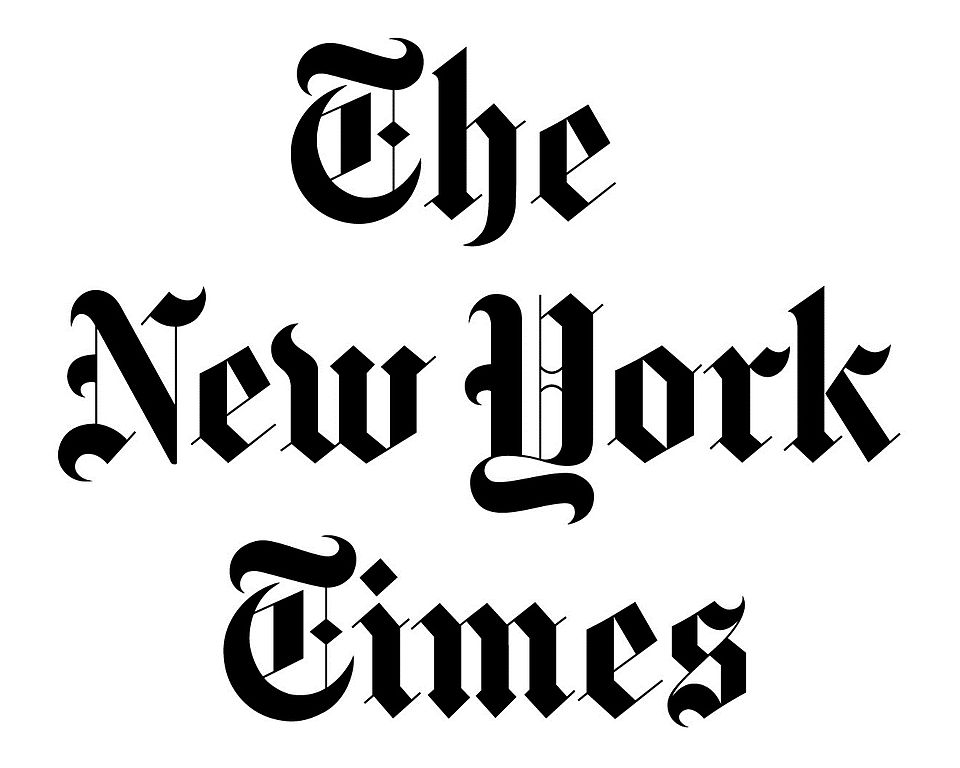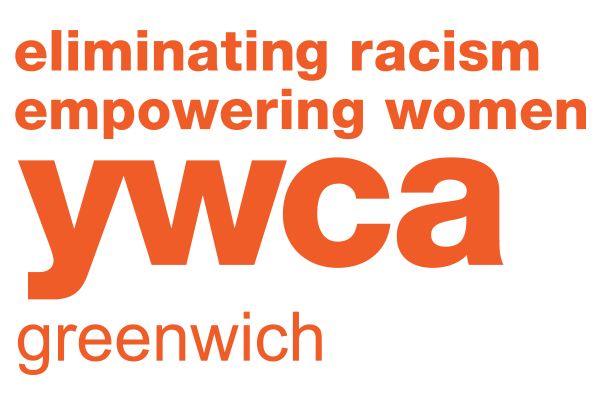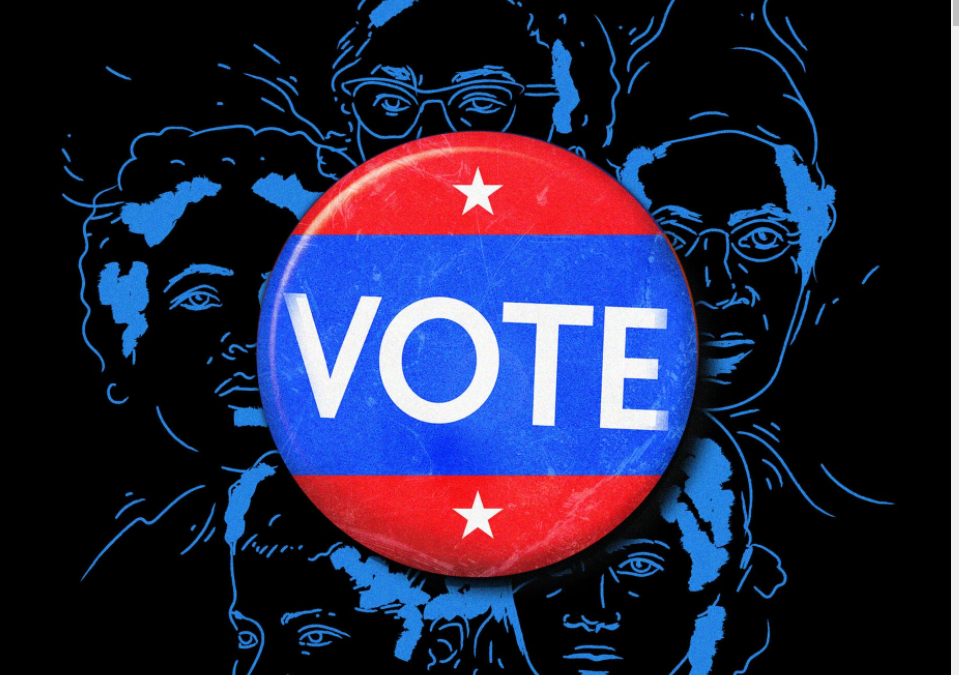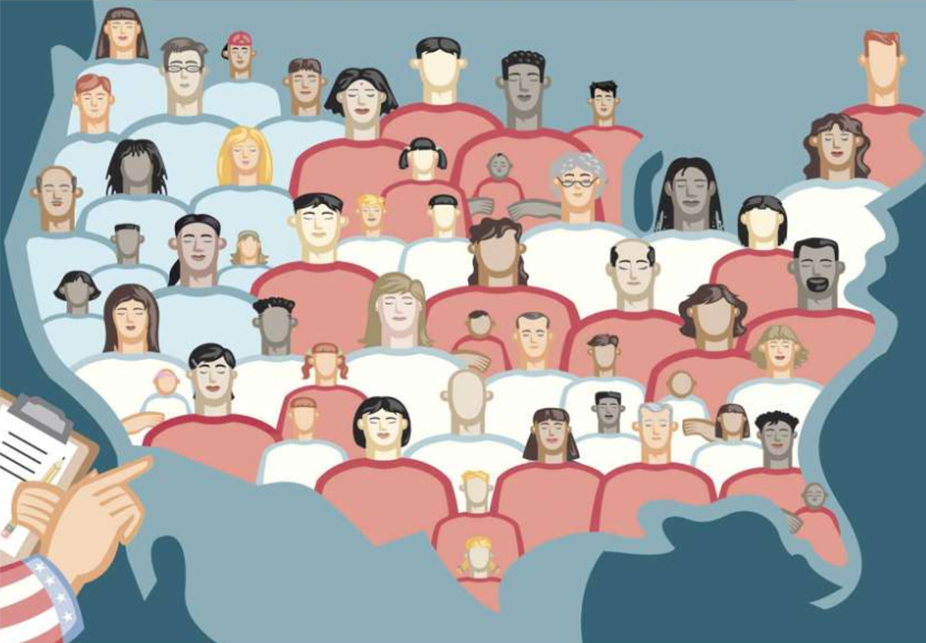
The power of family dance parties when the world is falling apart
April 27, 2020
Her Husband Abused Her. But Getting a Divorce Was an Ordeal.
September 16, 20202020. August 15. New York Times. Historians who specialize in voting rights and African-American women’s history have played a welcome and unusually public role in combating the myths that have long surrounded the women’s suffrage movement and the 19th Amendment, which celebrates its 100th anniversary on Tuesday.
In the lead-up to this centennial, these same campaigning historians have warned against celebrations and proposed monuments to the suffrage movement that seemed destined to render invisible the contributions of African-American women like Frances Ellen Watkins Harper, Mary Church Terrell, Sojourner Truth and Ida B. Wells — all of whom played heroic roles in the late 19th- and early 20th-century struggles for women’s rights and universal human rights. In addition to speaking up for Black women of the past, these scholars have performed a vital public service by debunking the most pernicious falsehood about the 19th Amendment: that it concluded a century-long battle for equality by guaranteeing women the right to vote.
Americans who imbibed this fiction in civics classes are caught off guard when they hear the more complicated truth — that millions of women had won voting rights before the 19th Amendment was ratified, and millions more remained shut out of the polls after ratification. Indeed, as middle-class white women celebrated ratification by parading through the streets, African-American women in the Jim Crow South who had worked diligently for women’s rights found themselves shut out of the ballot box for another half century — and abandoned by white suffragists who declared their mission accomplished the moment middle-class white women achieved the franchise.
As the distinguished historian Nancy Hewitt has shown, a lengthy campaign and a range of subsequent laws was required to fully open ballot access to others, including Black women, Mexican-Americans, Native Americans, Chinese-Americans and Korean-Americans. Among those necessary laws were the repeal of the Chinese Exclusion Act in 1943 and the adoption of the Immigration and Nationality Act of 1952, the 24th Amendment in 1964 and the Voting Rights Act in 1965, along with its amendments of 1970 and 1975. In other words, the 19th Amendment was one step in a long, racially fraught battle for voting rights that seemed secure a few decades ago but face a grave threat today.
The white suffrage heroes Elizabeth Cady Stanton and Susan B. Anthony got a stranglehold on the historical record in 1881, when they inaugurated the first volume of what would eventually become the influential six-volume “History of Woman Suffrage.” The duo and their comrades established an enduring, self-serving legacy when they designated a meeting at Seneca Falls, N.Y., in 1848 — a meeting that Stanton and her collaborator Lucretia Mott attended — as the starting point of the women’s rights movement. In fact, the movement already was stirring in various forms, and in various places.
“History of Woman Suffrage” provides a minutely detailed account of a movement that implicitly defined women as people who were white and middle class and renders prominent African-Americans virtually invisible. For a long time, historians who relied on this history duplicated its omissions. The African-American historian Rosalyn Terborg-Penn, who died last year at the age of 77, discredited this lily-white version of events by uncovering more than 100 Black suffragists. In recent decades, historians have shown that Black women were erased partly because they sensibly argued that gender discrimination and racism were interconnected problems that could not be neatly separated.
Books and studies timed to coincide with the 19th Amendment’s centennial are rendering ever more candid and inclusive versions of this story. In “Recasting the Vote: How Women of Color Transformed the Suffrage Movement,” for example, the historian Cathleen Cahill foregrounds the suffrage struggles of women of color as they played out in New York City’s Chinatown, New Mexico and elsewhere. Ms. Cahill shows how white suffragists worked with — and sometimes against — marginalized women, including Native Americans and Mexican-Americans.
In the forthcoming book “Vanguard: How Black Women Broke Barriers, Won the Vote, and Insisted on Equality for All,” the historian Martha S. Jones offers a version of the suffrage and voting rights story that begins well before the 1848 meeting at Seneca Falls. The history she recounts continues into the 1960s and ’70s with the work of revered African-American civil rights organizers like Septima Clark and Fannie Lou Hamer.
Ms. Jones argues that the elided Black women were at the forefront of the quest for women’s rights and were overlooked in history because they achieved their victories in civic and political organizations on the Black side of the color line. Invisibility aside, she writes, African-American women “pointed the nation toward its best ideals. They were the first to reject arbitrary distinctions, including racism and sexism, as rooted in outdated and disproved fictions. They were the nation’s original feminists and antiracists, and they built a movement on these core principles.”
The Seneca Falls convention concerned itself with a number of women’s rights issues, including ecclesiastical policies that excluded women from authority in churches. By then, Ms. Jones writes, Black women in the African Methodist Episcopal Church had capped years of skillful organizing and alliance building by persuading church leaders to grant them licenses to preach. This achievement was built on the singular accomplishments of Jarena Lee, who in 1819 — after years of rejection — became the first woman authorized to preach in the African Methodist Episcopal Church.
The ever-broadening story of the women’s rights struggle is opening public awareness to other standout Black women as well. One of them is Mary Ann Shadd Cary, who received a belated Times obituary two years ago. Cary was one of the first female lawyers in the country and is described as the first Black woman in North America to edit and publish a newspaper. The paper, known as The Provincial Freeman, was founded in Canada in 1853 and became a forum for women to discuss their lives. In a letter to the editor, one woman, Dolly Bangs, told readers that it was counterproductive to discourage women from leadership roles in the “afternoon of the 19th century.” She urged women to take their fate into their own hands: “It is her right, as her duty, to press boldly forward to her appointed task, otherwise who is guilty of burying her talent?”
Among the rising stars Cary championed in The Freeman was the African-American poet and anti-slavery orator Frances Ellen Watkins Harper, who would go on to an illustrious career. In 1866, Harper rattled the white suffrage elite in a prophetic speech delivered at the founding conclave of the American Equal Rights Association. She argued that the destinies of Black and white, rich and poor, were “all bound up together” — and that racism was in fact a white women’s issue. Ticking off the abuses Black women suffered daily, she thundered: “You white women speak here of rights. I speak of wrongs.”
Harper did not live to witness the unsettling contrast between scenes of middle-class white women celebrating the 19th Amendment with ticker tape parades and Southern Black women being driven from the polls under threat of bodily harm. A half-century after ratification, when African-Americans were still being beaten and murdered for seeking the vote, the charismatic organizer Fannie Lou Hamer did not stand on the 19th Amendment. As Ms. Jones writes: “Yes, she was a woman. But she did not see the terms of the Nineteenth Amendment — the one that constitutionalized women’s voting rights — as protecting her.”
The 19th Amendment can fairly be seen as an important milestone in an unfinished journey. It is morally repugnant and counterproductive to mythologize it as a triumph of egalitarianism at a time when the voting rights Hamer and others paid for in blood are under attack in the courts and in state legislatures all over the United States. This disturbing fact needs to remain uppermost in mind as the country unveils its new suffrage monuments and holds its celebratory events.




